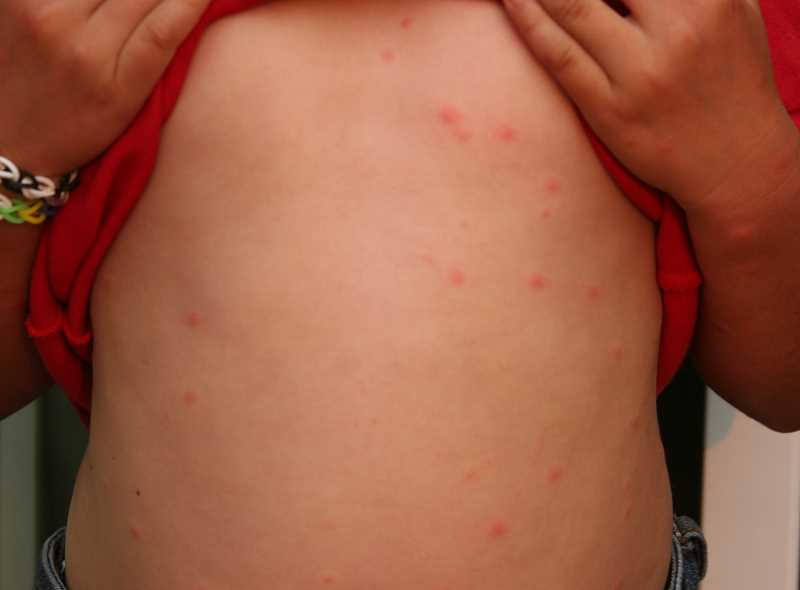

This collaborative effort resulted in a publication that summarized the current biology and classification of this parasite. This snail was first reported in San Francisco Bay in 1999. The swimmer’s itch was caused by a previously unknown microscopic parasite that was shed by a newly invasive snail-the Japanese bubble snail. From 2005 to 2008, our District collaborated with the University of New Mexico in identifying the new parasite. In 2004, cases of swimmer’s itch among beach visitors at Robert Crown Memorial Beach in Alameda were subsequently found to be caused by an invasive, previously un-described marine parasite.
#Swimmers itch parasites skin
Provided by: Centers%2520for%2520Disease%2520Control%2520and%2520Prevention.Cercarial dermatitis (swimmer’s itch) is caused by the penetration of human skin by cercariae (larva) of schistosome parasites that develop in and are released from snail hosts. License: Public Domain: No Known Copyright Located at: en./wiki/File:Rh.ixus70-300.jpg. License: CC BY-SA: Attribution-ShareAlike Provided by: Centers for Disease Control and Prevention. Parasites - American Trypanosomiasis (also known as Chagas Disease): Biology.Located at: License: Public Domain: No Known Copyright Provided by: National Insitute of Health. Chagas disease - National Library of Medicine - PubMed Health.License: CC BY-SA: Attribution-ShareAlikeĬC LICENSED CONTENT, SPECIFIC ATTRIBUTION In turn, the cercaria which are responsible for swimmer’s itch are produced. This form in the life cycle infects the snail intermediate host. The eggs, upon exposure to water, will hatch into a miracidium that is ciliated. For completion of the cycle, adult worms will form in the blood vessels and produce eggs which are passed in the feces. If indeed the cercaria encounter a water bird, their normal host, the cercaria will penetrate the skin of the birds and migrate to the blood vessels to complete the cycle. The symptoms and reactions exhibited in individuals diagnosed with swimmer’s itch are a result of the dead cercaria larvae. Interestingly, the cercaria are unable to survive within a human host and cause infection.

Upon contact with the skin of the swimmer, the cercaria will penetrate the skin and immediately die in the skin. During the life stage of these parasites, the larvae of the parasite, cercaria, exit the water snails and can accidentally come into contact with the skin of a swimmer. More specifically, waterfowl are used as the vertebrate host.

The life cycle of these parasites is characterized by their use of both freshwater snails and vertebrates as hosts. Figure: Life cycle of schistosomes: An overview of the life cycle of a schistosome and how they can cause swimmer’s itch in humans. The hosts of this species are ducks and the snail is the intermediate host for this species. A species that is often implicated in cases of cercarial dermatitis is Austrobilharzia variglandis. The schistosomatidae which are responsible for swimmer’s itch include the genera Trichobilharzia and Gigantobilharzia. There are numerous types of flatworm parasites within the family Schistosomatidae that can cause swimmer’s itch. The schistosomatidae results in an immune reaction in the skin that results in itchy, raised papules that occur within hours of infection. It is caused by an immune response that is activated upon the entry of a water-borne flatworm parasite named schistosomatidae into the skin. Swimmer’s itch is a condition often referred to as lake itch, duck itch, cercarial dermatitis and Schistosome cercarial dermatitis.


 0 kommentar(er)
0 kommentar(er)
